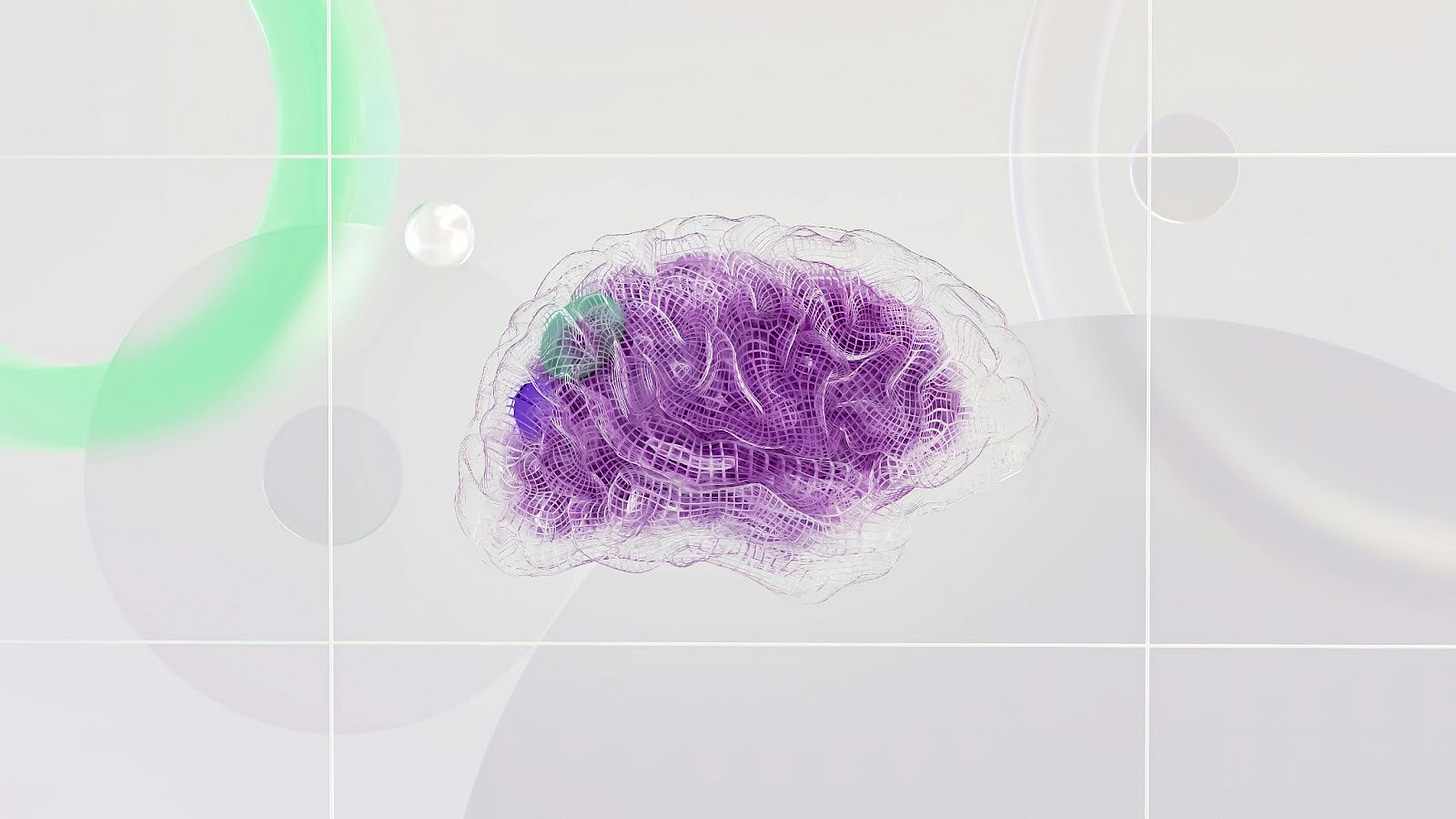AI has made it easier than ever to get things done. Emails write themselves, meetings summarize on autopilot, and decks are built with one click. But the paradox is obvious: we’ve never been more productive—and yet, we’ve never had less time to think.
The next frontier of performance isn’t speed. It’s cognitive clarity. AI is not just a tool for doing more; it’s a mirror reflecting how well we think, decide, and focus. And right now, that reflection is exposing something critical: AI doesn’t fix dysfunction — it amplifies it.
The Productivity Paradox
The real challenge of the AI era isn’t automation, it’s attention. As context-switching multiplies and every new idea spawns a new task, we’re left with more movement but less momentum.
MIT research shows that within specific jobs, AI acts as a skill leveler, giving lower performers a bigger lift. But across the economy, the productivity gains concentrate among high-income, high-skill workers—peaking around the $90K+ mark. In other words, AI widens the gap between those who know how to use it strategically and those who don’t.
The Impossible Choice
Every new tool, idea, or initiative demands a tradeoff:
Drop something
Pile more onto an overextended system
Quietly bury it in the “idea graveyard”
As AI lowers the cost of creation our brains have become cluttered with half-finished projects, unread articles, and “someday” concepts. AI amplifies this problem by making it frictionless to start—but harder to finish. The result is a kind of cognitive debt: every abandoned idea leaves a residue of distraction.
The issue isn’t a lack of imagination, it’s a lack of bandwidth to think things through.
The Science of Slowing Down
Reflection is not a luxury. It’s a productivity engine. Studies show that structured reflection can improve performance by up to 25%.
BCG’s 2024 research found that companies systematically integrating AI see 2x the ROI and scale twice as many AI products as their peers. The difference is that they focus on fewer, higher-priority initiatives. Leaders pause to think strategically, picking only what truly matters.
The Good Gets Better
Top performers use AI as a creative amplifier, not a crutch. MIT and Brookings both found that high-skill, high-income workers extract disproportionately more value from AI—because they pair it with strong mental models and judgment.
Well-run organizations treat AI as infrastructure, not magic. BCG found that AI leaders pursue only half as many initiatives but generate twice the return.
Systematic integrators (per PwC) see 20–30% gains in productivity, speed to market, and revenue—incremental wins that compound.
The Bad Gets Worse
But amplification cuts both ways.
Bad data has always been garbage in, garbage out. Gartner predicts that 30% of generative AI projects will be abandoned by the end of 2025 due to poor data, weak controls, or unclear value.
Broken processes persist. 74% of companies struggle to scale AI, and 70% of those failures trace back not to tech—but to people and process issues.
Unsupported teams lose ground. Time savings and quality gains from AI are 10–40% higher when employers provide proper support; without it, organizations see 20–50% more AI-driven busywork with minimal payoff.
Capability gaps widen. AI leaders follow the 10/20/70 rule: 10% algorithms, 20% data, 70% people and processes.
Strategies for Balancing AI and Human Cognition
Here’s how to build an intelligent workflow that keeps AI in its place—and your mind in the driver’s seat:
Plan Your Thinking Time. Block off uninterrupted space for reflection. Treat it like a meeting with your most valuable client: yourself.
Set Boundaries. When new inputs flood in, resist the urge to respond instantly. A simple “Let me think about this” can be the most productive sentence you write all day.
Use AI Strategically. Automate repetitive tasks—research, scheduling, drafting—but never outsource your judgment. Your perspective is your moat.
Leverage the Subconscious. Walk. Rest. Meditate. Insight often surfaces when you’re not looking for it. Don’t confuse stillness with stagnation.
Build Reflection Into Delivery. AI can make you faster, but humans make work meaningful. Always leave space to layer in context, nuance, and story—the things that actually move people.
The Takeaway
The future of productivity isn’t about output volume; it’s about thought quality.
AI can be the accelerant—but your human focus, curiosity, and discernment are what matters most. The best leaders in the next decade won’t just know how to use AI, they’ll know when to pause, reflect, and think deeply about the ideas most worth acting on.





